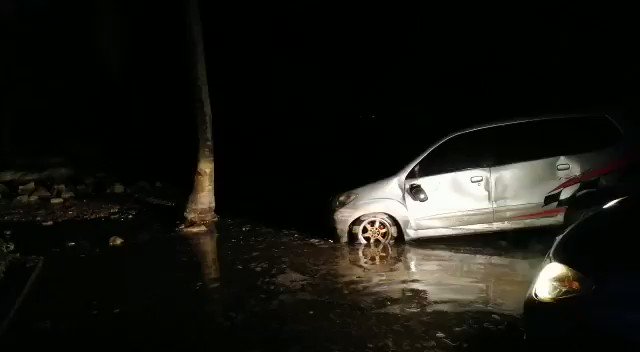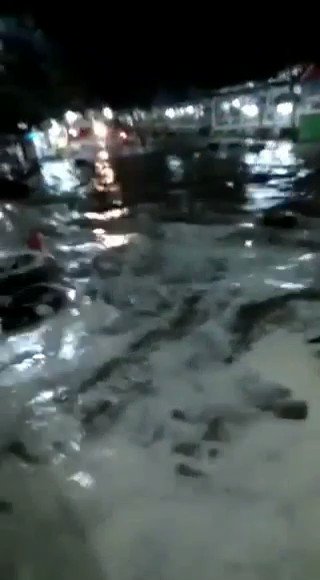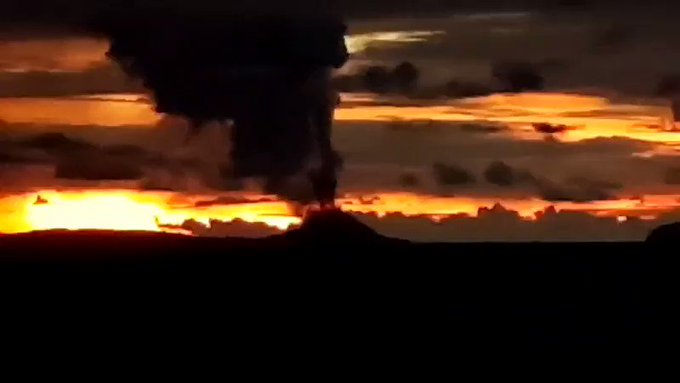By Brian Lada, AccuWeather meteorologist and staff writer
By Renee Duff, AccuWeather meteorologist
By Eric Leister, AccuWeather senior meteorologist
December 27, 2018, 6:24:58 AM EST
Showers and thunderstorms may continue to hamper rescue and recovery efforts along the Sunda Strait in Indonesia following the tsunami that has killed more than 400.
The tsunami hit the Sunda Strait on Saturday night, leaving at least 430 people dead and injuring over 1,400. At least 159 people are still missing, according to Reuters.
Hundreds of homes were heavily damaged as the wall of water swept away anything in its path. Hotels and boats also sustained severe damage.
Water reportedly swept 65 feet (20 meters) inland.
As rescue and recovery efforts continue, there can be additional showers and thunderstorms daily through Friday.
Heavy rain halted convoys delivering heavy machinery and aid to isolated areas in the disaster zone on Wednesday, according to Reuters.
Downpours continued to affect search and recovery efforts on Thursday, including delaying a navy vessel's visit to the volcano to determine further risks, according to the Associated Press.
"The downpours on Friday may not be as intense as what occurred on Wednesday and Thursday," according to AccuWeather Senior Meteorologist Kristina Pydynowski. "However, the risk of lightning from any thunderstorms can halt rescue and recovery operations as crews will have to seek shelter."
RELATED:
Communities in ruins a day after deadly tsunami
Child gets rescued from rubble after tsunami
Anak Krakatau volcano believed to have triggered tsunami
Communities in ruins a day after deadly tsunami
Child gets rescued from rubble after tsunami
Anak Krakatau volcano believed to have triggered tsunami
"Any heavy rain can make dirt roads in remote areas slippery, which may slow down convoys," she added.
Showers and thunderstorms are expected to become much more spotty in nature with lighter rainfall as drier air filters in this weekend.
Indonesia’s disaster management agency said that the tsunami may have been caused by an undersea landslide after the eruption of the Krakatoa volcano, according to the AP. The volcano erupted around 24 minutes prior to the tsunami.
A tsunami that is triggered by a volcano is different from a tsunami that is triggered by an earthquake.

(The Sunda Strait in Indonesia is located just northeast of Krakatau)
The tsunami generated waves that were 2 meters (6.5 feet) high. The tsunami occurred during the full moon, when tide levels were already higher than normal.



















No comments:
Post a Comment